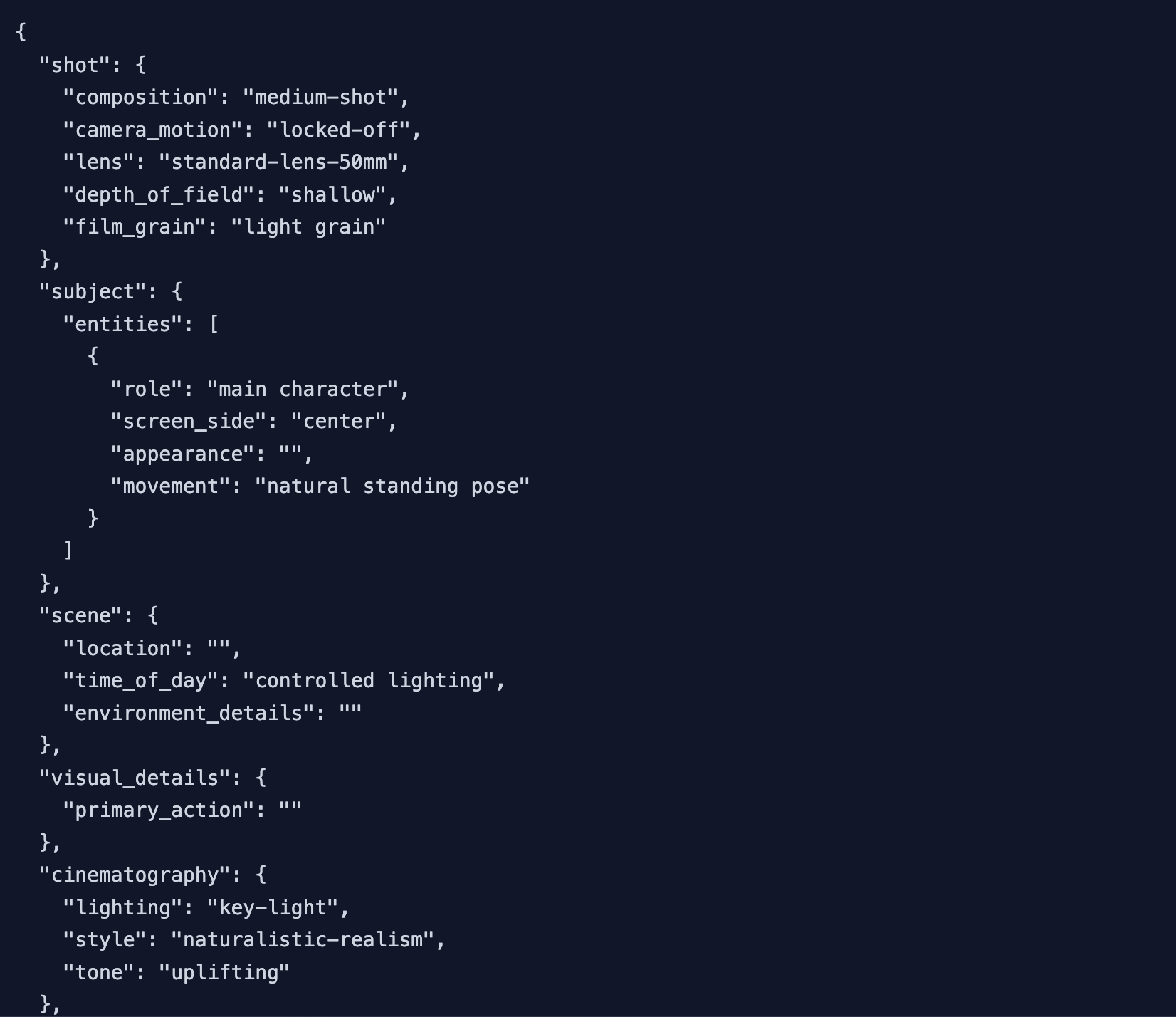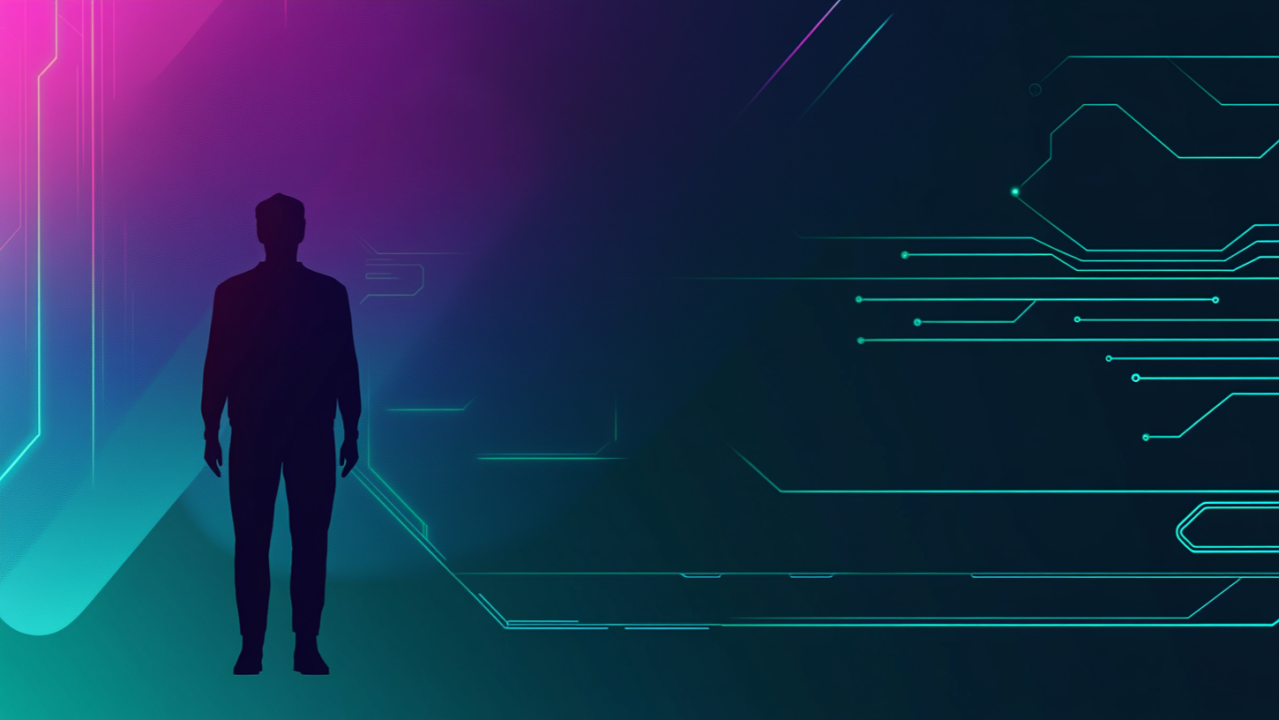Imagine being hired as VP of Product Design at Midjourney, Stability AI, or another AI company that has incredible technology but lacks a structured UX practice. Where would you start?
The Current State of AI Companies
Many AI companies today are built by brilliant engineers and researchers who have created groundbreaking technology. However, they often lack the design infrastructure needed to make their products truly accessible and delightful for everyday users.
Take Midjourney as an example. Their AI image generation technology is revolutionary, but the user experience is primarily Discord-based—a platform that can be intimidating for non-technical users. This represents a massive opportunity for UX improvement.
Phase 1: Assessment and Foundation (Months 1-3)
Understanding the Current Landscape
The first step would be conducting a comprehensive audit of the existing user experience. This includes:
- User journey mapping across all touchpoints
- Identifying pain points and friction areas
- Analyzing user feedback and support tickets
- Competitive analysis of similar AI tools
- Technical constraints and opportunities assessment
Building the Design Team
Establishing a UX practice requires the right people. I would focus on hiring:
- Senior UX Researchers - To understand user needs and behaviors
- Product Designers - To create intuitive interfaces and experiences
- Design Systems Specialists - To ensure consistency and scalability
- UX Writers - To craft clear, helpful copy for AI interactions
Phase 2: Research and Strategy (Months 4-6)
Deep User Research
Understanding users is crucial for AI products because the technology is often complex and intimidating. Key research activities would include:
- User interviews with current and potential users
- Usability testing of existing interfaces
- Behavioral analysis of user interactions
- Accessibility audits and inclusive design research
Defining Design Principles
For an AI company, design principles might include:
- Transparency - Users should understand how the AI works
- Control - Users should feel in control of the AI output
- Accessibility - Complex AI should be simple to use
- Trust - Building confidence in AI-generated results
Phase 3: Implementation and Iteration (Months 7-12)
Design System Development
Creating a comprehensive design system is essential for scaling UX across an AI product. This includes:
- Component libraries for common AI interactions
- Guidelines for displaying AI-generated content
- Patterns for user feedback and iteration
- Accessibility standards and testing protocols
Prototyping and Testing
Rapid prototyping becomes crucial when working with AI products because the technology is constantly evolving. The design team needs to:
- Create high-fidelity prototypes for new features
- Conduct regular usability testing sessions
- Iterate based on user feedback and AI model improvements
- Collaborate closely with engineering and AI research teams
Key Challenges and Solutions
Challenge: Explaining Complex AI
AI technology can be intimidating. The solution is progressive disclosure—showing users just enough information to make informed decisions without overwhelming them.
Challenge: Managing Expectations
AI isn't perfect, and users need to understand its limitations. Clear communication about what the AI can and cannot do is essential for building trust.
Challenge: Rapid Technology Evolution
AI models improve rapidly, which means the UX needs to be flexible and adaptable. Building modular design systems helps accommodate these changes.
Measuring Success
Success metrics for a UX practice at an AI company might include:
- User Adoption - Increased user sign-ups and retention
- Task Completion - Higher success rates for user goals
- User Satisfaction - Improved NPS and user feedback scores
- Accessibility - Broader user base including non-technical users
- Support Reduction - Fewer support tickets due to confusion
Conclusion
Building a UX practice at an AI company is both challenging and incredibly rewarding. The key is to start with solid foundations—understanding users, building the right team, and creating flexible systems that can evolve with the technology.
The companies that successfully bridge the gap between cutting-edge AI technology and intuitive user experience will be the ones that truly democratize AI and make it accessible to everyone.
💡 Key Takeaway
The most successful AI companies will be those that invest in UX as heavily as they invest in their AI models. Technology alone isn't enough—it's the experience that determines adoption.
Marco van Hylckama Vlieg
AI & Design Expert, Creator of innovative AI-powered solutions and educational content.



